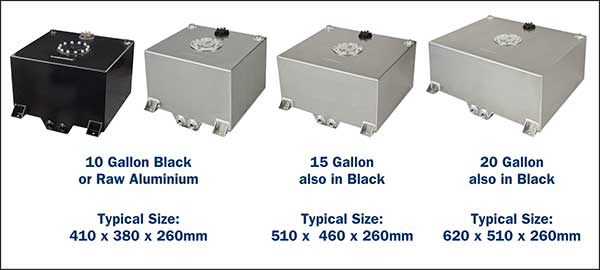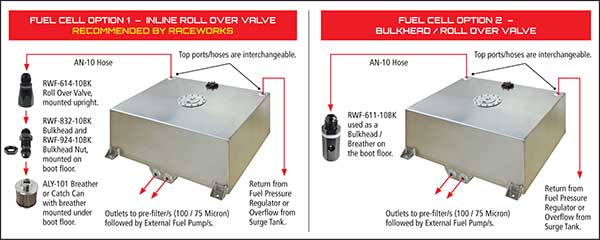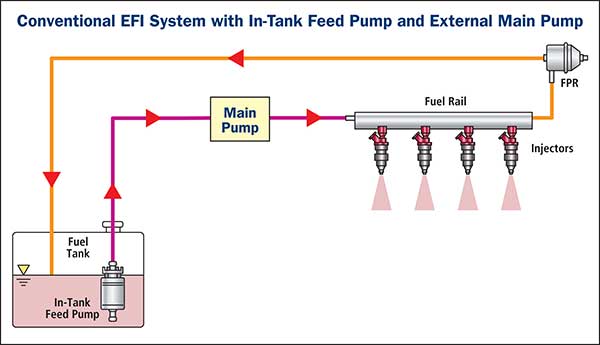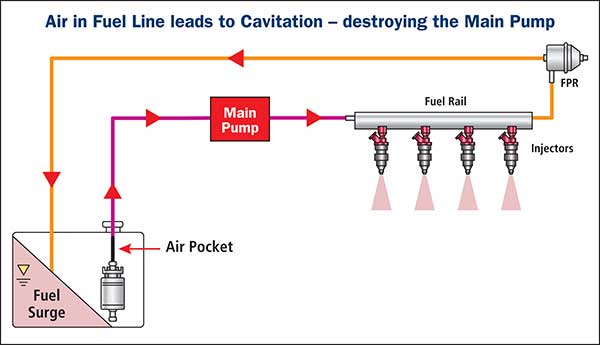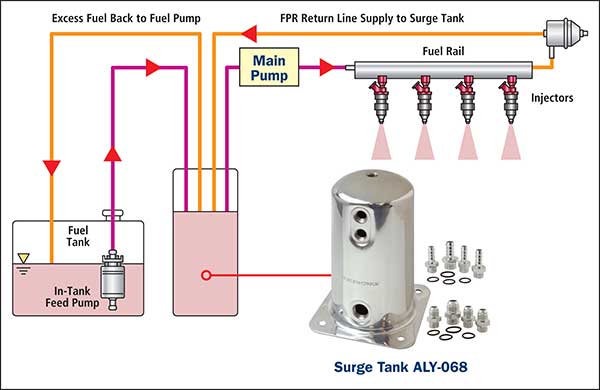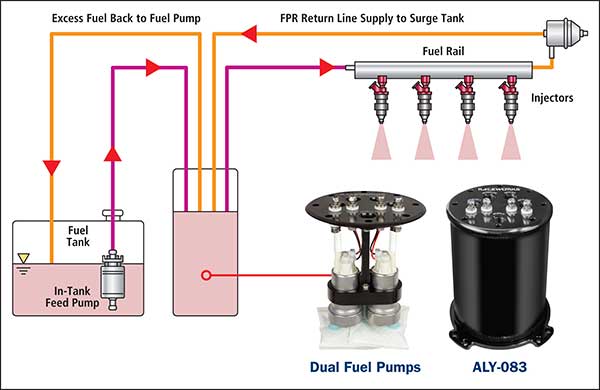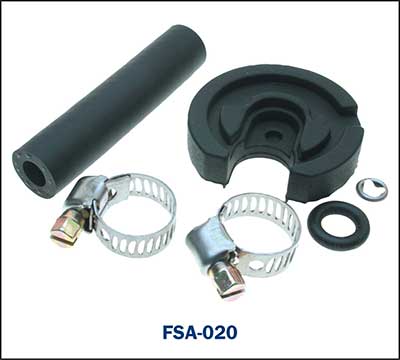
|
|
|
|
Latest News Performance Fuel Cells & Surge Tanks What technicians need to know when modifying the fuel storage and/or supply system for performance applications. Modifying or upgrading the fuel storage/supply system may either require:
OR
Typical selection of Fuel Cell volumes and colour availability for track and strip applications.
Note: These alloy fuel cells need to be of the highest quality to satisfy the racing and performance demands with both tank Inlets and outlets able to accommodate high fuel flow. The integrated fuel level sensor reduces any requirements for physical modifications to maintain the fuel cell’s structural integrity.
Why do fuel cells internally utilise Fuel Cell Foam?
Fuel cell foam is generally regarded as being used to prevent fuel slosh (similar as tank baffle affect) It is also used to stop a flame front from advancing, helping to eliminate the possibility of an explosion. Operation: Should the tank receive a sudden impact, the foam inside the fuel cell helps to dissipate and absorb a great amount of energy from the impact, reducing the risk of fuel cell rupture. Note: The fuel cell should have no more than 75% of the area filled with foam as it expands upon contact with the fuel. Typical expected life of the foam may vary but generally up to 10 years without needing to be replaced. It is recommended however that the inline fuel filters be regularly checked for residue. Typical Fuel Cell Plumbing option guide.
Why and how are Surge Tanks utilised? There are conditions where a surge tank is required to ensure the correct fuel is supplied under all driving conditions.
Normal operation of system without extreme forces acting on the vehicle.
Forces acting on the vehicle under certain conditions causing air in the fuel lines to the main external pump.
Fitting a Surge Tank to this standard system. A technician fitting a surge tank needs to select an option to suit the application.
Note: Replacing the intank feed pump with a high flow pump may be necessary on some applications.
Note: The storage volume of the surge tank will vary depending on the pump quantities.
Both inlets and outlets, like the fuel cells, must also accommodate high fuel flow. Pump configurations. The surge tank is generally compatible with the following fuel pumps. TI Automotive (Walbro).
Raceworks.
Fitting locations of surge tank. Typical locations for mounting the surge tank may vary with application. Generally found in the boot area / frame rail. PAT offer a range of 8 Raceworks Fuel Cells, in sizes ranging from 5 Gallon (19L) to 20 Gallon (76L), and 8 Raceworks Surge Tanks, suitable for both in-tank and external pumps. When used with twin pumps from the TI Automotive range, these tanks can deliver fuel that supports an application up to 2500HP, and are safe for various fuels including Gasoline, Ethanol and Methanol. Premier Auto Trade distributes products throughout Australia via a network of specialised resellers and leading automotive groups.
|
Latest News
Tech Tips - Wheel Speed Sensors (WSS) |
| privacy statement terms of use terms and conditions sitemap news |  |




